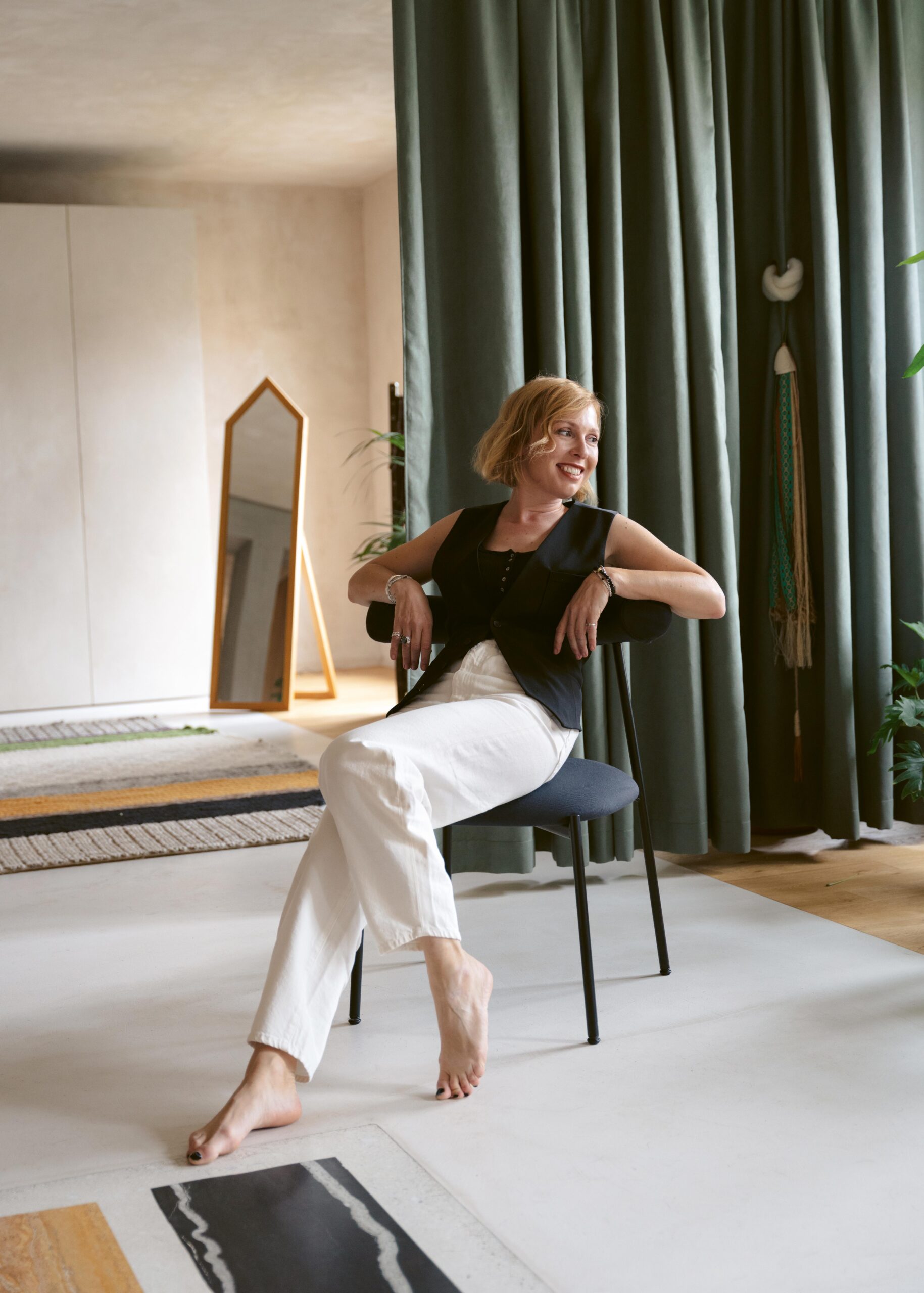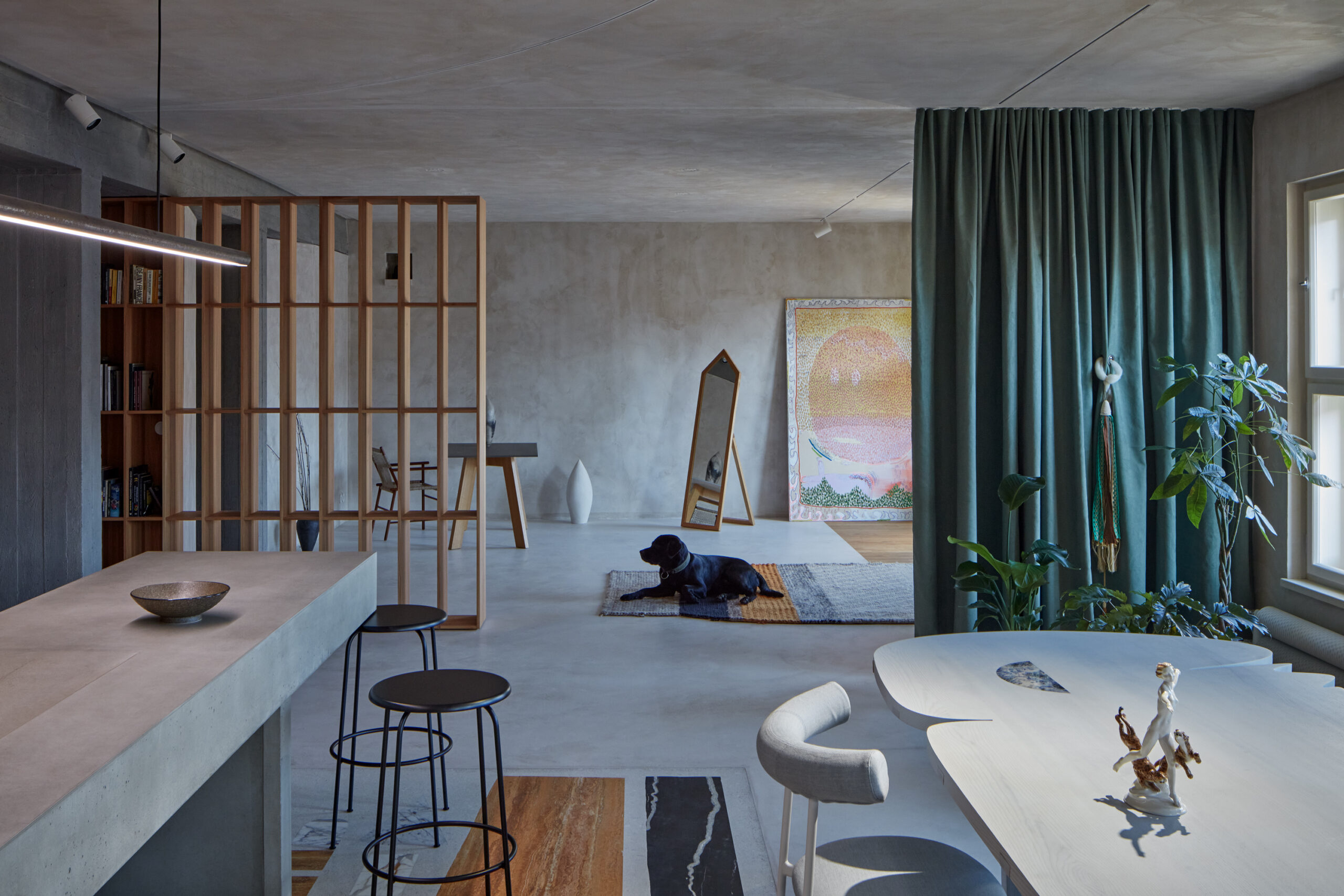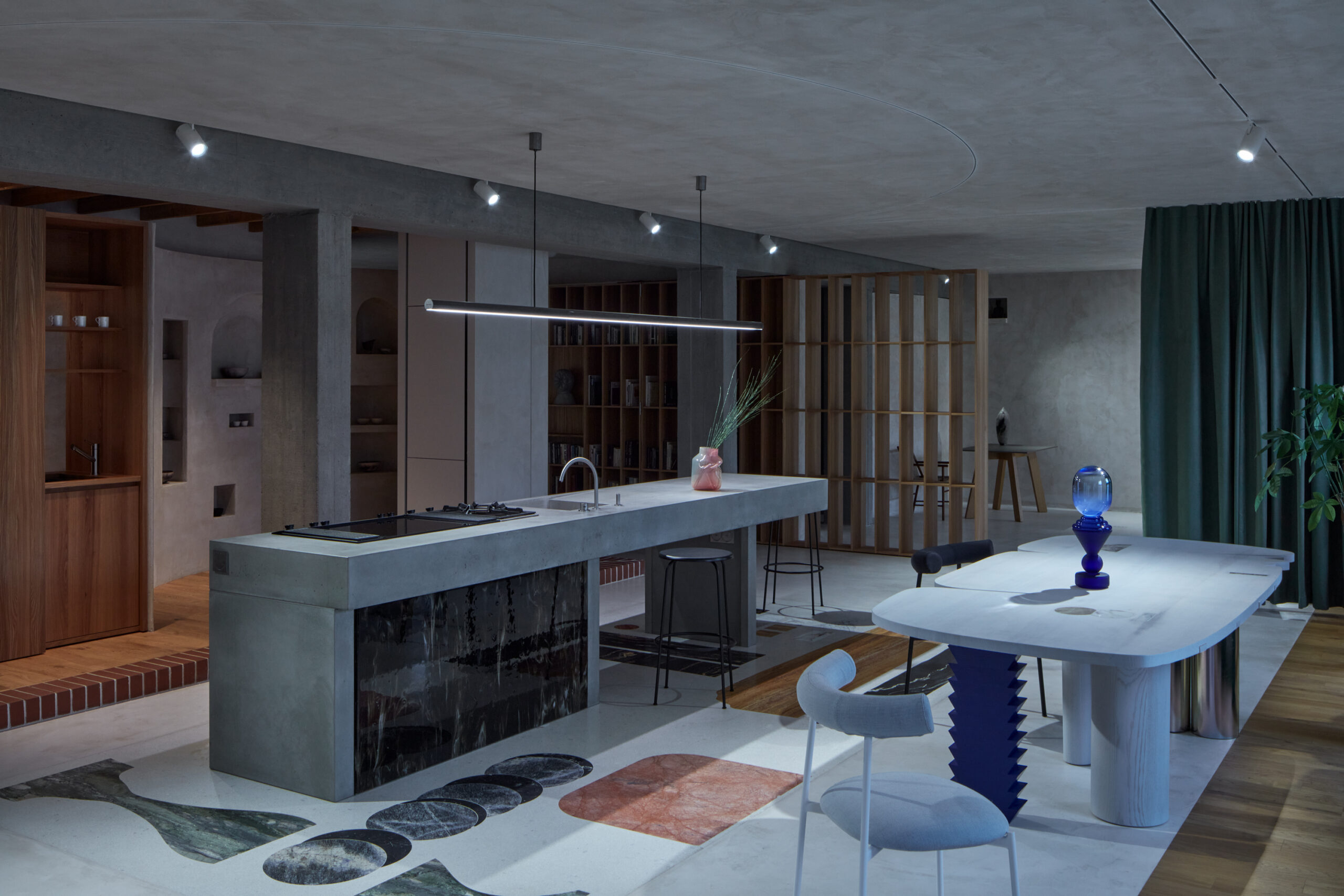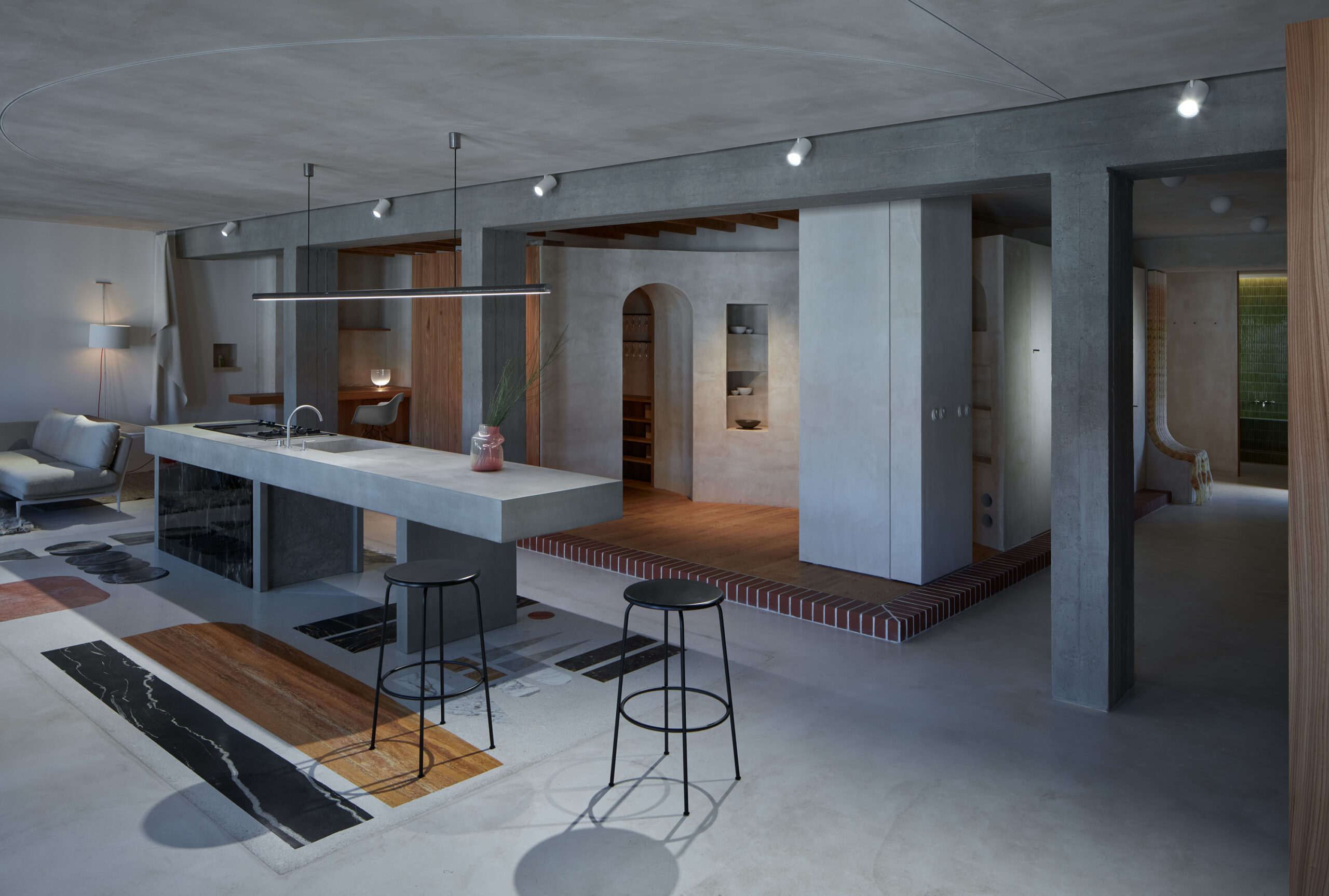In the studio, we welcomed Tereza Porybná, who is referred to in the media as a cultural promoter, but she is also known as a patron of the arts. Why? And how has Tereza Porybná contributed to the prosperity of Czech art?
Tereza Porybná sees herself as an art manager, producer, and sometimes curator. She perceives her journey into the world of art from the perspective of a trained anthropologist, as long-term field research.
She supports art in many ways, not only financially. Currently, she teaches at UMPRUM in Prague and is involved in the preparation of the educational and environmental project Forest – a community for cultivation, theory, and art, in collaboration with the Institute of Anxiety. She is the author of the Ovenecká 33 project, an experiment combining private housing with the concept of a gallery and space for artist residencies. The apartment, which has been artistically crafted by several artists, is a specific work of art in its own right. Tereza is also a creator and is currently working on a text-based work for a French gallery. In September, she will take up the position of director of the Czech Center in New York.
What does a specific residential gallery look like? What did Tereza learn in the process of building the project? And what is she gaining from the effort she has invested?
The idea to create a residential gallery was born out of Tereza’s need to learn something new and to immerse herself in the process of creation, which is related to working with materials, production, and architectural work. When she returned to Prague after several years abroad and bought her own apartment, she decided to use this space to combine theoretical and creative processes. The apartment gallery was created in collaboration with architect Jakub Červenka and architects from Objektor studio, who grasped Tereza’s vision and transformed it into geometric shapes. Tereza and the architects drew inspiration from the work of Mexican architect Luis Barragán, whose projects are based on contrasts between the intimate and the open, the small and the large.
Tereza is increasingly interested in the sustainability of entire creative processes rather than size or grandeur. Within all her projects, relationships, the sharing of her own interests, and the co-creation of art are of the utmost importance to her. These elements are also a fundamental part of the whole concept of the residential gallery. This is why the apartment is tailored for residency programs. Up to three artists can already live and work in the apartment simultaneously, without interfering with each other, while sharing the same space. Several residencies have already taken place in the past year, and Tereza is planning more.
During this year’s PAW, visitors will have the opportunity to visit the apartment gallery by reservation and can see not only the completed concept of the apartment but also the exhibition “If You’re Good, They’ll Find You?” featuring works by Eva Jokhová, Habima Fuchs, and Natalie Perkof. Their practices combine work with traditional art media such as textiles, ceramics, sculpture, and painting, which they further develop from the perspective of contemporary art practice. The curatorial selection reflects an intimate demonstration of the artistic taste and theoretical interests of the space’s inhabitants.



